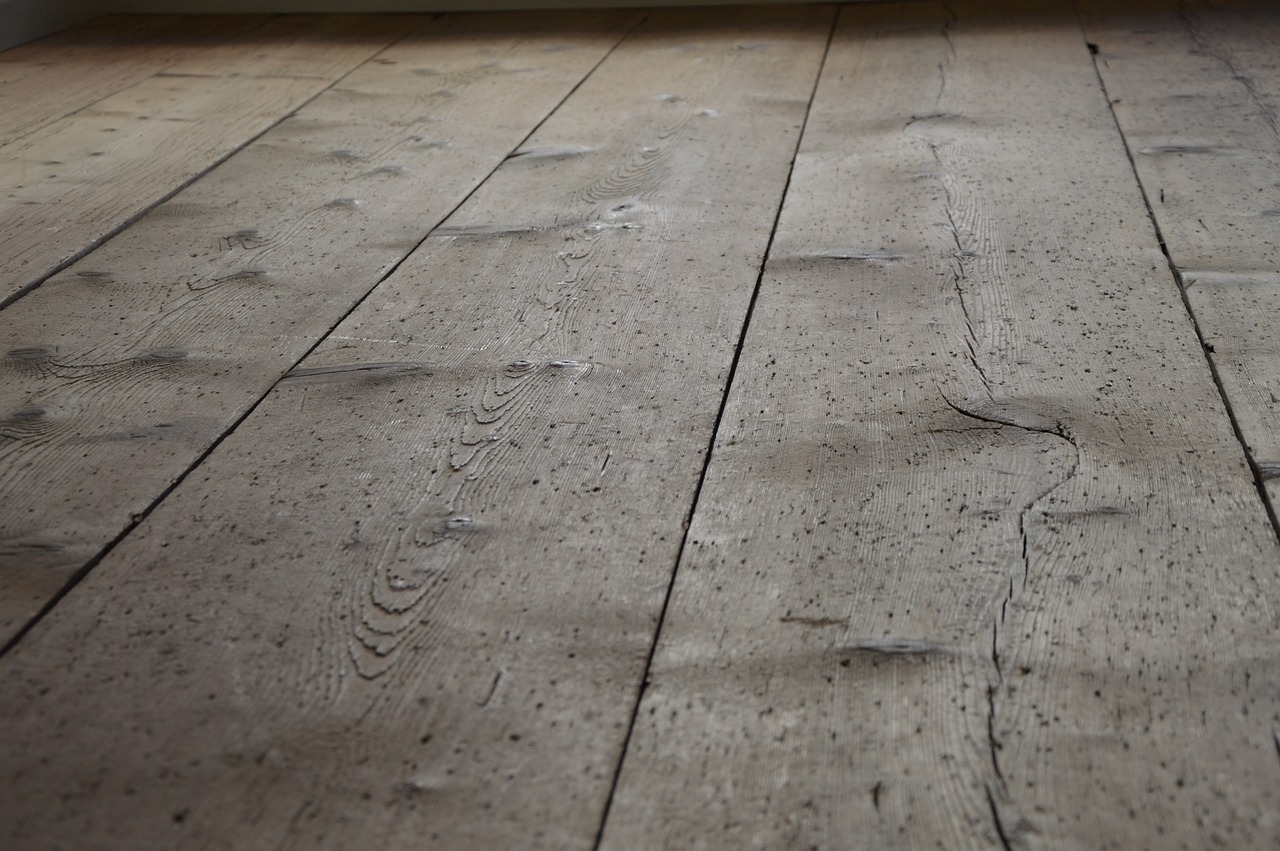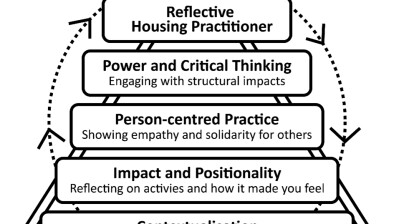Anne-Marie Bancroft: The provision of floor coverings in social homes

In a guest blog for the CIH, Anne-Marie Bancroft reports on Altair’s research exploring the provision of floor coverings in social housing.
In May 2023, Altair published our first piece of research in relation to the provision of floor coverings in social housing. Our work estimated that around 80 per cent of social properties are let without floor coverings and when floor coverings are provided, the driver to do so is usually to meet the need of the landlord and not the tenant. Floor coverings are often provided in homes that are hard to let or left in situ at tenancy turnover, with some being issued based on a means tested approach.
Altair was commissioned by Longleigh Foundation to conduct a research project on the provision of floor coverings in social housing. The research focusses on current provision in the sector, tenant experience, landlord experience, and the role of the regulator, with a view to creating a case for regulatory change. It also aims to articulate a business case for the sector, with associated cost benefit analyses for the provision of floor coverings at point of let. We’re building on the good work already done by others; the ‘Floored’ research by Pawb and TPAS in Wales and the Joseph Rowntree Foundation research conducted by Altair in ‘From House to Home’.
We know that social housing is allocated to those in the most need, and who would usually be unable to access other housing options such as private rented accommodation and homeownership. We also know that often, social homes are allocated to those at a point of crisis, such as people suffering homelessness or fleeing violent situations. The demand for social housing is extremely high and those being offered accommodation typically have little choice due to their circumstances and the approach of allocations processes but to say yes to accommodation. Tenants have a 20 per cent chance receiving accommodation provided with floor coverings, meaning that it is the norm for newly allocated properties to have bare floorboards or concrete across the living room, bedroom, hallway, and stairs.
Social landlords often operate in an environment of high demand and low consumer choice. This environment can create an impetus to deliver accommodation to regulatory expectations rather than consumer expectations.
In our research, landlords have told us that the barriers for the installation of floor coverings are financial cost to the organisation, delays to void processes, ongoing maintenance, and lack of clarity around the relationship between landlords and tenants. As we reflect on the barriers associated with the provision of floor coverings in social housing, we must also reflect on the good practice. In our discussions with leaders from these organisations they discussed providing homes that they can be ‘proud of’. It must not be forgotten that it is completely within the gift of an organisation to choose to adopt a higher reletting standard than that expected by their respective regulatory body.
The findings of this part of the research are timely, especially as the Decent Homes Standard is being revisited in England and the new version of Welsh Housing Standard is progressing in Wales. It is also clear that social landlords are working hard to support their tenants during times of unprecedented hardship and doing so by growing their financial and tenancy support teams, increasing their hardship funds, and providing support with energy funds. Alongside these mechanisms, our research shows that there should be consideration of the provision of floor coverings at point of let to negate future hardship and future dependencies on money advice and tenancy support functions.
- Anne-Marie is Altair’s consumer regulation lead









